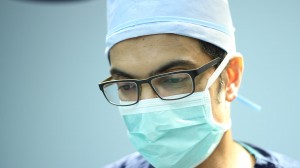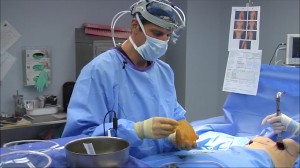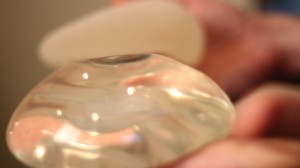Breast augmentation can make you feel more confident and attractive, but there’s always been a down side to the surgery that typically affected as many as 20 to 30 percent of women with breast implants. It’s called capsular contracture or hardening of the breasts. Capsular contracture can cause pain, distortion, and can potentially lead to breast implant revision surgery. But who gets it, and why?
By Carolynn Grimes
The Plastic Surgery Channel
Leading plastic surgeons are doing extensive research in the field and have discovered some surprising results. Through specific techniques, they’ve managed to reduce the percentage of capsular contracture to as few as 2 percent. “Over the years there have been a lot of different theories of capsular contracture, and through some studies we did at UT Southwestern looking at antibiotic irrigations, we have really proven that biofilms are the primary cause,” says William P. Adams, Jr., MD from Dallas, Texas.

Specific Strategies in the Operation Room Help Reduce Infection

- Having only one person touch the implant
- Changing surgical gloves before handling the implant
- Wiping down the skin with antibiotic solution
- Checking the pocket very precisely
“Essentially, what we’ve shown using a combination of laboratory and clinical investigations is that bacteria attach to the surface of the implant, and eventually go on to cause inflammation and contracture of the implant,” says Dr. Deva.

Putting Together the Puzzle of ALCL
The scientists say this may be a breakthrough to explain the puzzle of implant associated ALCL, a rare type of lymphoma. This data suggest this is a result of bacterial infection. “I don’t want anyone to get worried because it is a rare cancer, but what we’ve shown in the research is now consistent. In the setting of the textured implant, the high numbers of bacteria lead to activation of T-cells and this chronic activation can lead, in some instances, to lymphoma,” explains Deva.
The data throws a lot of attention on the strategies in the operating room to reduce infection. Deva states, “We as surgeons have within our power to reduce the risk of bacterial contamination right at the time the implant goes into the patient.”
“What we found was, the capsular contracture rate when using these techniques, along with the specific antibiotic irrigations, was less than 2 percent. Our goal is to educate as many surgeons globally so people understand which steps can be taken to minimize the problem for patients,” says Adams.